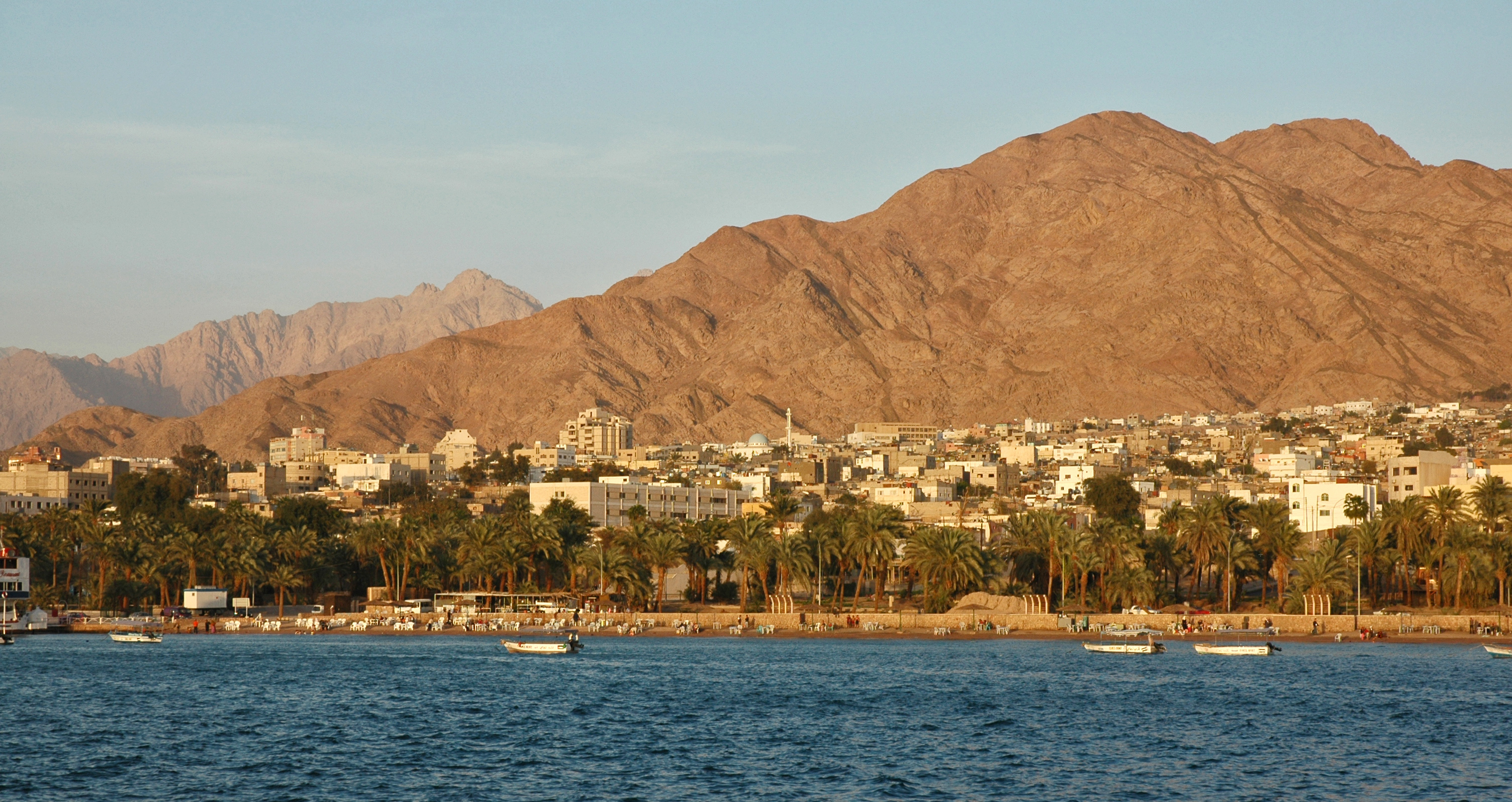
The famous Jordanian window to the sea, Aqaba, is perceived by travelers coming from the north as a breath of fresh air after the hot wind of the pink sands of the endless desert. Aqaba’s coral reefs and sandy beaches are renowned as the most environmentally friendly areas of the Red Sea littoral along its entire coastline, and despite the rapidly growing tourism industry in the region, Jordan hopes to be able to preserve these blessed places in optimal ecosystem condition for many years to come, primarily through smart planning for the future of the human-nature system. That is why today the entire tourist infrastructure of Aqaba is focused primarily on people who lead a healthy lifestyle and prefer a truly rewarding vacation to all other types of recreation, combining the reasonable use of nature’s gifts for health purposes with elements of ecotourism.
The weather in Aqaba is close to perfect for nine months of the year, in spring, winter and autumn, and only in summer it is sometimes too hot. However, even at this time of year, there are a lot of tourists on the local beaches, who quite easily adapt to living in harmony with the local climate, relaxing during the day and walking, swimming and having fun in the morning and evening, when the heat gives way to pleasant coolness.
Several first-class hotels, restaurants and shops in Aqaba are happy to accommodate travelers who value daytime pleasures more than nighttime ones, from sports and other outdoor activities to the peacefulness of contemplating natural beauty and relaxing by the sea. The purest waters of the Red Sea, piercing turquoise near the shore, reach a precious indigo hue at a short distance from it, indicating a rapidly increasing depth. This feature of the bottom orography allows numerous divers, including novice divers, to explore the extremely rich underwater life of the Red Sea in a comfortable proximity to the shore. Such explorations often involve leisurely swimming and leisurely diving in reefs, where, thanks to the specifics of reef ecosystems, you can observe all the stunning diversity of marine life literally on a patch of bottom space, because all this diversity, like a precious collection on a counter, is gathered here within small natural baths. The purity of the water provides divers with ideal lighting conditions on the underwater scene, and unusual vertical currents and a constant breeze will make you feel pleasantly cool while swimming even in the most unbearable heat.
The richness of life in the reefs of Aqaba, thanks to the excellent preservation of all habitats, is still impressive and seems almost endless. Only here, in the bright kaleidoscope of corals and fish, along with species that are quite common in similar ecosystems (for example, the branching corals fungia and montipora), you can still find extremely rare ones (in particular, the black tree-like coral of the species archelia, first discovered here at great depths by King Hussein himself). Coral thickets are interspersed with equally colorful thickets of actinia, over which hover and dart like sparks from a blade on a sharpener’s machine, a variety of different, but always dazzlingly bright reef fish: sea dogs, clown fish, parrot fish, gobies, sea needles and thousands and thousands of others. And yet the main pride of the Red Sea among all this luxury can be considered two fish: first, the majestic and absolutely harmless (it feeds exclusively on plankton) whale shark, the world’s largest fish, which is becoming less and less common to naturalists every year, and second, a representative of one of the eel species, whose flexible body is almost invisible in the thickets of algae, which is occasionally recorded here.
Aqaba is famous for the opportunities provided to divers here, including the organization of day and night dives, training and education at numerous clubs, including the well-known Royal Diving Club. In addition, you can try your hand at other water sports and simply take part in a variety of water activities, such as sailing, fishing, snorkeling, or even without diving into the sea, but without being immersed in the sea, you can observe the underwater life through the transparent bottom of a special boat.
In addition, you can visit the Mamluk Fort, located on the far edge of the coastal spit, as well as the Saladin Fortress, which stands on an island in the very center of the bay, almost in front of the entrance to Aqaba from the sea. The Crusaders led by the legendary Richard the Lionheart and Reynald de Châtillon fought long and fierce battles with Saladin’s army in these places. At the beginning of the last century, Arab troops, together with T. Е. Lawrence recaptured the Fort from the Ottoman forces, gaining one of the most significant and dramatic victories during the Arab Revolt.



